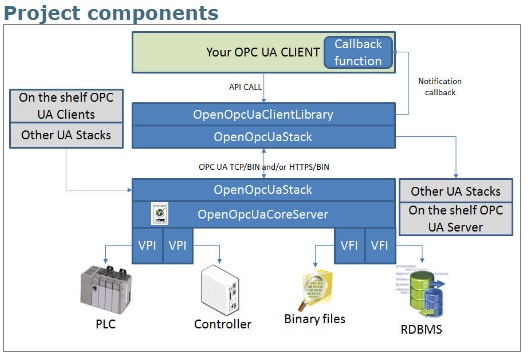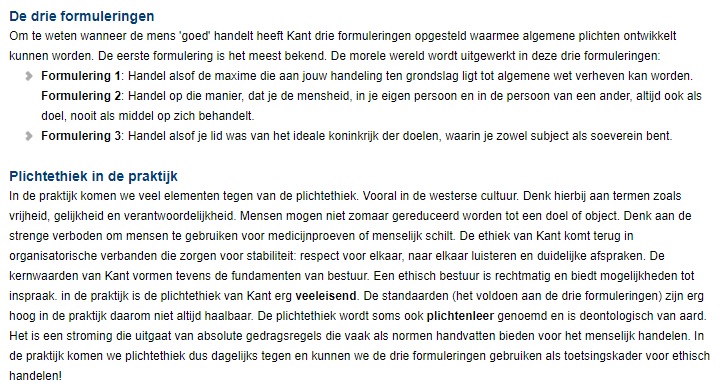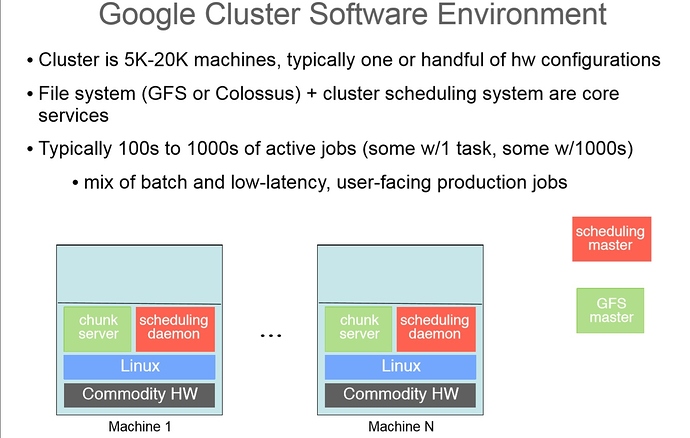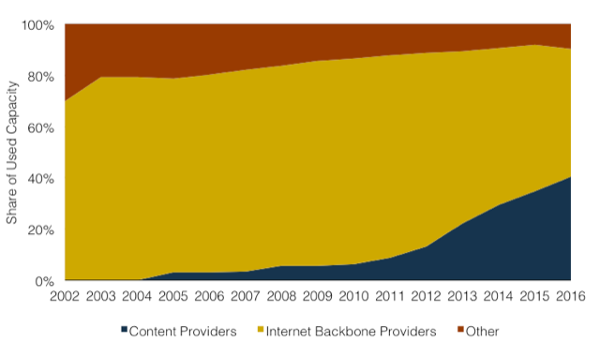Hoi Jan Marco. Hier, horeca man in de UK:
I am accepting Bitcoin in the most naive manner possible, accepting zero-confirmation transactions. (Where you can see someone’s tried a transaction, but it hasn’t made it into a block yet; vulnerable to fraudulent customers double-spending.)
Klaagt niet:
Which is pretty much the only way it can work in a pub setting. Zero confirmation has worked out so far. There’s been one occasion where a transaction wasn’t confirmed.
Integendeel:
I have probably more than recovered that from people accidentally paying twice because we didn’t think the transaction went through the first time. For comparison, we take about fifty quid of bogus notes a year.
De beuk erin en nu is het Ierland:
Mining rapidly converges on 1 BTC costing 1 BTC to generate. The ensuing evolutionary arms race, as miners desperately try for enough of an edge to turn a profit, is such that Bitcoin’s power usage is on the order of the entire power consumption of Ireland.7
Het geheel zorgvuldig gelinkt naar 400+ voetnoten. Nr. 7:
Bitcoin power consumption was estimated at between 0.1 and 10 GW average by June 2014; Ireland consumed around 3 GW by this time. O’Dwyer and Malone. “Bitcoin Mining and its Energy Footprint”. Presented at ISSC 2014 / CIICT 2014, Limerick, June 26–27 2014. (archive) The most detailed estimate I’ve seen for 2017 puts it at about half a 2017 Ireland: “Bitcoin Energy Consumption Index”. Digiconomist (blog). Archive as of 20 May 2017
En daarna nog even daarop doorgaan:
This electricity is literally wasted for the sake of decentralisation; the power cost to confirm the transactions and add them to the blockchain is around $10-20 per transaction. That’s not imaginary money – those are actual dollars, or these days mostly Chinese yuan, coming from people buying the new coins and going to pay for the electricity. An ordinary centralised database could calculate an equally tamper-evident block of transactions on a 2007 smartphone running off USB power.
Dan afmaken:
Even if Bitcoin could replace conventional currencies, it would be an ecological disaster. So why bother with all of this? Ideology. From day one, Bitcoin was about pushing politics.
Heeft hij het ook over, “permissioned blockchains”, net als al het andere voorgaande afkomstig van:
But all these companies are using Blockchain now! They almost certainly aren’t:
You already work with other people and companies. Industry consortia, standards groups and so on are well-tested models. Blockchains do not offer a better way to do this.
Discussion of “public”, “consortium” and “private” blockchains - Bitcoin and Ethereum are “public” blockchains - concisely summarises the innovations the private blockchain brings:
- Andrey Zamovskiy: Let’s just admit that blockchain is simply a new type of replication algorithm for a database cluster. That’s it.
- Vitalik Buterin: Correct. Plus Merkle trees. The Merkle trees are actually important.
- Andrey Zamovskiy: Merkle trees have not been invented with bitcoin, they’ve just got an adoption.
Zijn conclusie:
In practice, financial institutions talking up “Blockchain” are envisaging a private permissioned blockchain, with only well-known participants, and only as open as regulators require.
Je herkent jezelf niet in dit beeld?
Want daar ga je, al de door jou over de jaren heen vergaarde broncode naar een ander IP-adres:
Decentralizing our source code
What happens when the maintainers of these code registries change management or ownership? Change roadmap or missions? Lose funding or runway? What choice did you have in GitHub’s acquisition? Does the code you want to use please every government who’s borders it crosses? In the future of our code, who should stand between you and sharing or accessing code?
Eats his own dogfood:
Textile is a digital wallet for your photos. Backup your photos on a decentralized storage network called IPFS. Secure your photos with private-key encryption. And share your photos over private peer-to-peer communication between all users.
Over de brokjes, IPFS:
If you aren’t familiar with IPFS, overviews to explain what the system is, how it works, and using it.














